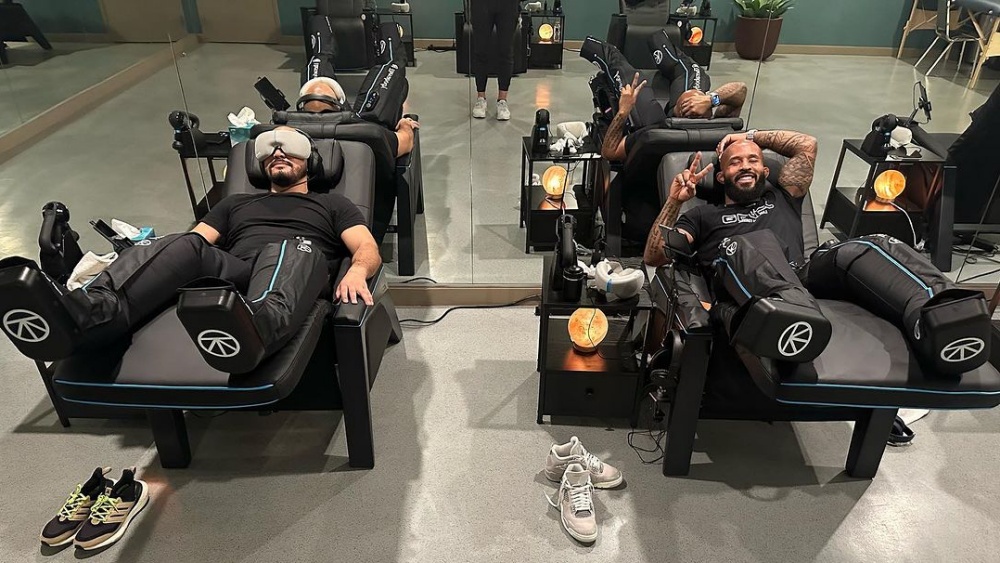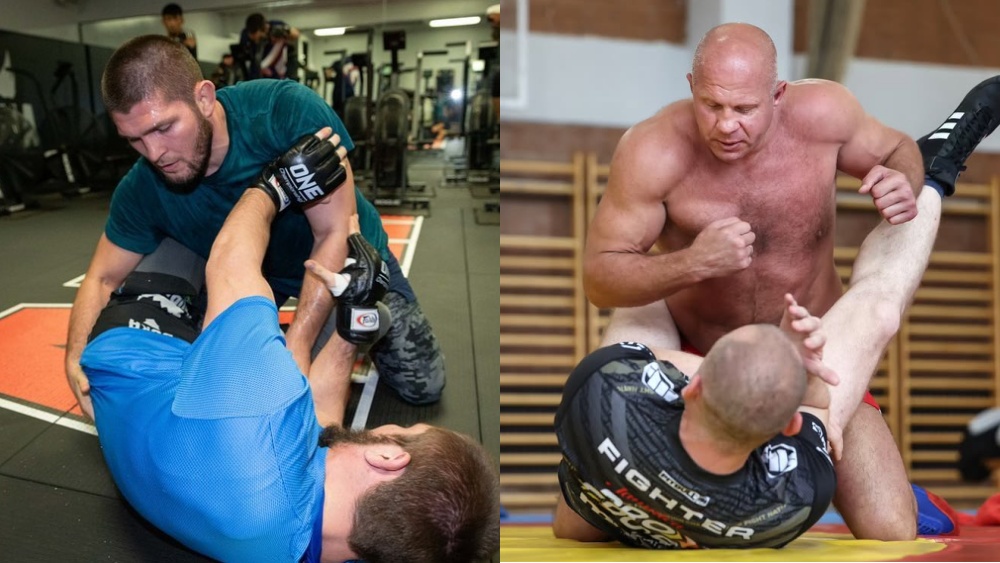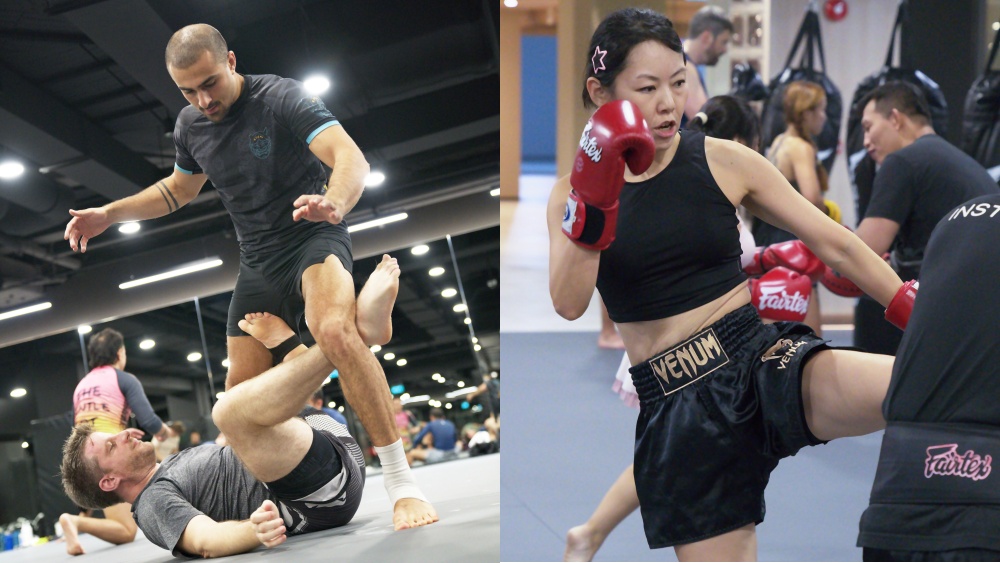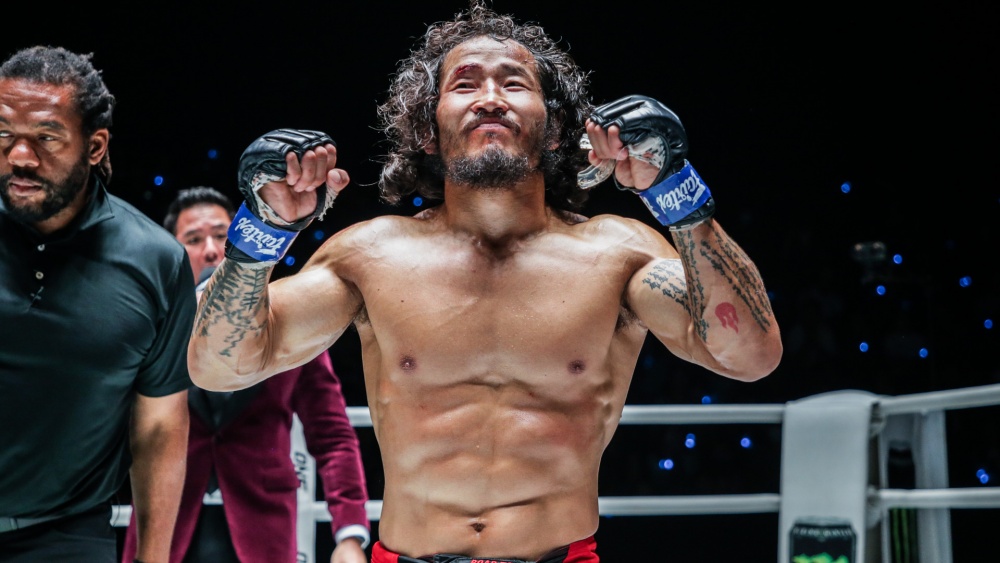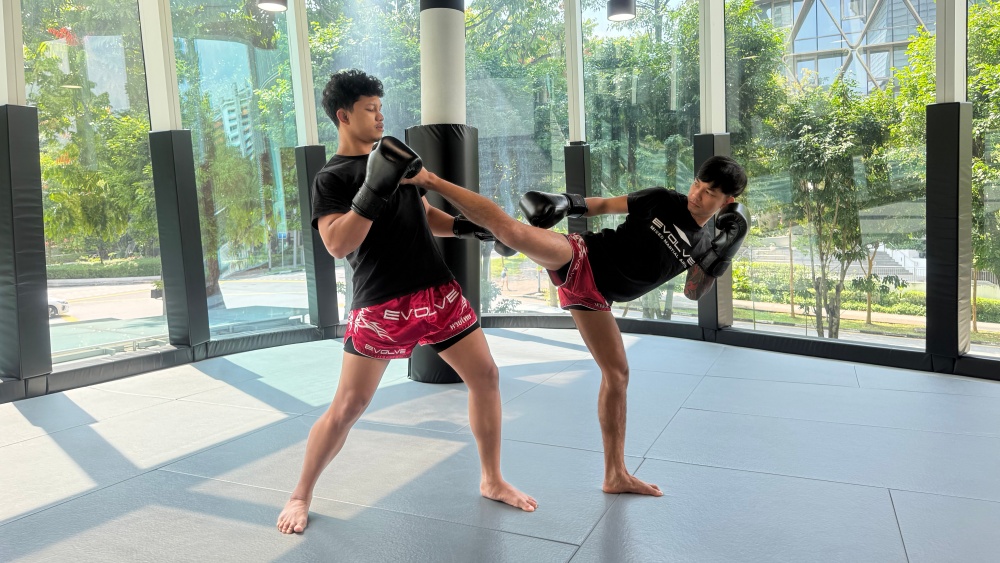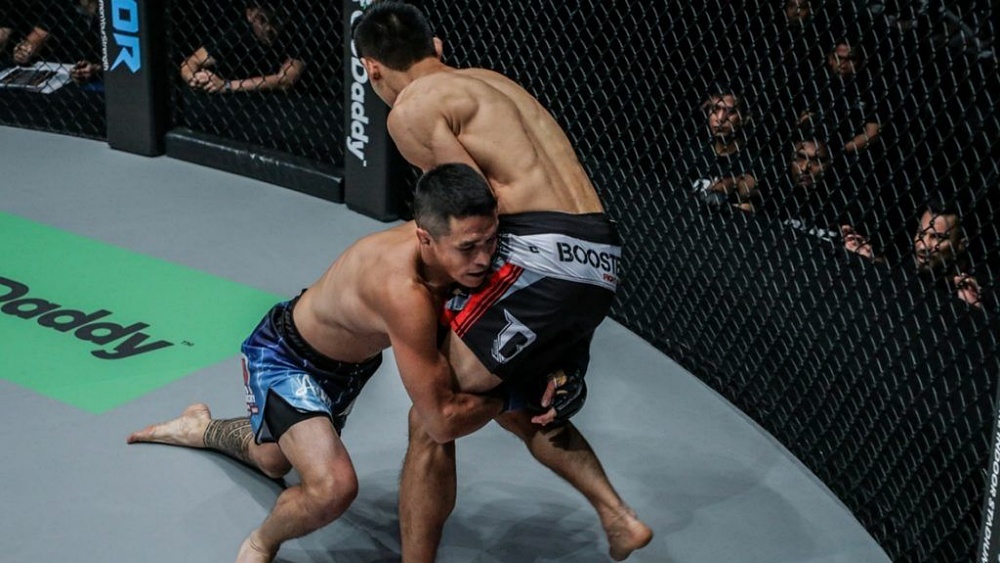Mixed martial arts (MMA) has come a long way from its early days when biting and groin strikes were perfectly legal, and so have the ways fighters approach their training. The emergence of MMA coincides with a period of massive technological growth as the internet, social media, and artificial intelligence have been introduced to the masses since its birth.
How Modern Technology Is Building The Perfect MMA Fighter
Technology has played an increasing role in the training and recovery methods mixed martial arts fighters use today. Some of the devices that are becoming increasingly common in MMA circles include:
1) Wearables
Wearable devices that monitor functions like tracking your heart rate, sleep quality, or how many miles you’ve run have almost become standard in mixed martial arts spaces. These devices provide fighters and their instructors with real-time data on their performances during training sessions.
Analyzing this data gives fighters and their coaches valuable insights that help to optimize their performances during training sessions and their fights.
2) Virtual Reality Training
Virtual reality training is making some waves in MMA circles, providing fighters with immersive training experiences. The technology is still in its infancy but has lots of potential. VR training programs can stimulate fight scenarios, allowing fighters to practice for specific situations they might find themselves during their fights. Proponents of VR training say it can help fighters improve their decision-making skills and reaction times without physical contact.
VR is also gaining traction as a training tool for regular students who don’t have access to a gym but are interested in learning martial arts.
3) High-Tech Training Equipment
High-tech training equipment like advanced resistance machines and smart heavy bags are revolutionizing how mixed martial artists train. For example, smart heavy bags can measure the force behind a strike and grade its accuracy, giving fighters instant feedback. This makes it easier for fighters to learn the proper form for techniques since they immediately get feedback on how every little change they make affects the force of the strike.
Advanced resistance machines are also gaining traction in MMA and fitness space since their sensors allow them to track your strength levels for a more effective strength training program.
4) Advanced Motion Capture
Advanced motion capture systems are now being used to perform biomechanical analysis on MMA fighters, helping to optimize their performance by addressing inefficiencies in their movements. Coaches can pinpoint trouble spots in a fighter’s form by studying their mechanics as they execute various techniques and develop strategies to correct these issues to optimize the power and speed behind these techniques.
Biomechanical analysts can help to refine a fighter’s ability to refine many grappling and striking techniques since minor adjustments to their mechanics can make a drastic difference in outcomes.
5) Data Analytics
MMA is now mainstream, and much data is collected during fights and training sessions. This information is used to gain insights into a fighter’s strengths and weaknesses. It’s also used to evaluate upcoming opponents.
Advanced software can now be used to break down every aspect of a fight, from strike accuracy to takedown success rates. These detailed analyses are often used to develop game plans that optimize a fighter’s strengths while taking advantage of their opponent’s weaknesses, giving them a competitive edge. There are GPS vests that are available for athletes to wear on them while training to allow statistic tracking and the collection of data.
6) Cryotherapy
Athletes have used ice baths for decades, but cryotherapy provides a less messy way to get the same benefits. Studies have proven that exposing your body to extremely cold temperatures helps to reduce inflammation, speeding up the recovery process after rigorous workouts.
Many MMA fighters and other athletes now use cryotherapy chambers or other equivalents to speed up recovery so they can train more frequently, which hastens their progression as martial artists. Cryotherapy has also been showed to reduce delayed onset muscle soreness and enhance athletic performance.
7) Compression Technology
Compression garments have been a staple in mixed martial arts gyms for some time, and they improve blood circulation while you train. Advanced compression garments are increasingly used; some have sensors that can monitor muscle activities and provide joint support. Some even provide feedback on your recovery process.
8) Red Light Therapy
Red light therapy is another innovative recovery method gaining traction among MMA fighters. The practice involves using near-infrared light to speed up recovery after training sessions and fights. Research shows that low-level red light can penetrate the skin and promote cellular regeneration. Red light therapy has also been shown to accelerate healing and reduce inflammation.
9) Optimized Nutrition
Tech innovations like hydration monitors, smart water bottles, and advanced software have changed how many MMA fighters approach nutrition. For example, smart water bottles monitor your water intake and send alerts when you should drink more water to be adequately hydrated.
Advanced software allows nutritionists to craft customized meal plans that factor in metrics like metabolic rates, genetic profiles, and performance data. These apps also make it easier for fighters to track their water and food intake, ensuring they are adequately fueled for optimal performance.
10) Social Media And Other Digital Platforms
Social media and other digital platforms have changed how MMA fighters interact with their fans and promoters. The pendulum rested in the hands of promoters and the MMA media a few decades ago, but many fighters now have powerful online voices, changing how these athletes market themselves and interact with fans.
Fighters can now offer their fans exclusive behind-the-scenes content, training footage, and personal insights they can’t get anywhere else. These direct connections have allowed modern MMA fighters to build massive online followings, to the point some fighters now earn more from their online presence than their fights. Social media has also helped to grow the sport internationally.
As a result, fighters now have more leverage when dealing with promoters, leading to better fighter pay and other perks.
Embrace The Change
Technology has become indispensable in mixed martial arts training, allowing fighters to perform at a higher level than their predecessors. Leveraging technology can drastically improve your abilities as an MMA fighter, giving you an edge inside the cage.
You may also like:
From Gloves To Whistle: MMA Referees You Didn’t Know Could Fight
